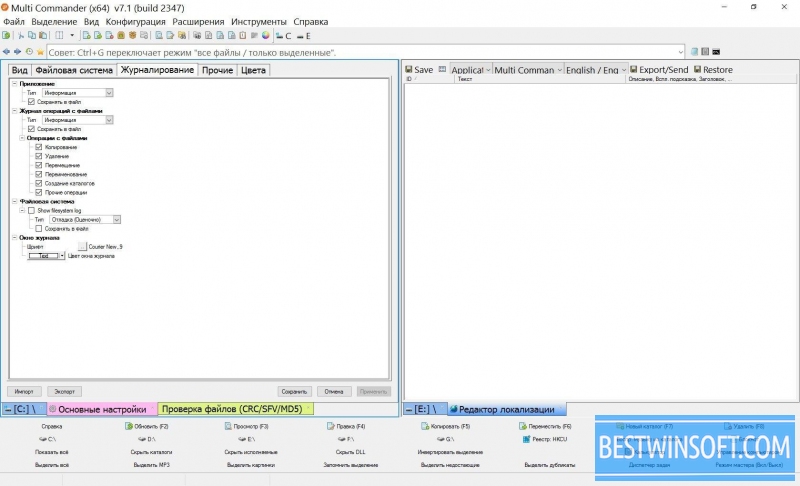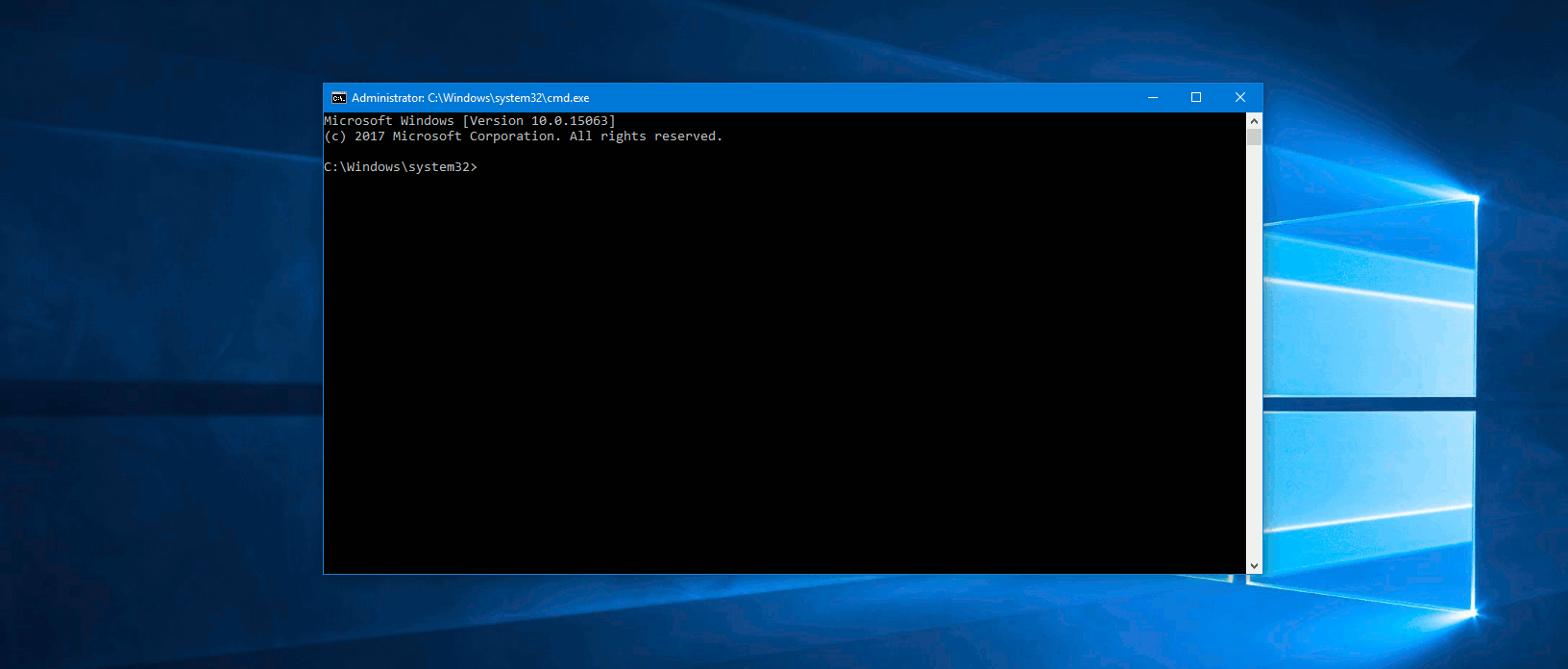

You can see a visual representation of this steps below.

Check out the next section to learn how to handle this.
Click on Save or press F2 to save the file. Click Edit to bring up the text editor. Navigate to the /etc folder and click on the nf file. (representing the parent folder) twice which should leave you at the root folder. In Midnight Commander, navigate out of your home folder by clicking on the. Open up Midnight Commander by typing mc. Open up a terminal on your OpenSUSE Linux machine or click on the Start menu. Let’s see if you can navigate to it and change it to use the British keyboard. The good news is that Midnight Commander has a built-in, syntax aware text editor.Īs an example, edit a text file take the nf text file, for example. There are dozens of text editors designed to work entirely within the command line. It is assumed in Linux that if you need to edit a text file, you are going to be doing it remotely: over the command line (of course). Using the Text EditorĪnother feature heavily used in Linux (yet unheard of in Windows) is the command-line text editor. You can find the keyboard shortcuts to the integrated text editor here. You can find the full shortcut list here (in typical midnight commander 1990’s style). You can look for articles that covers some of its more advanced features, as well as keyboard shortcuts. You can do the essentials with a mouse, but it’s worth learning some of the more useful keyboard shortcuts over time. Midnight commander, just like other text user interface (TUI) tools, is keyboard-focused. Despite the retro look, it’s an extremely powerful tool for navigating Linux on the command line. 
It also has a ton of other useful utilities hidden beneath the surface. How freaking cool is that?! This elevates it from a handy utility, to being an invaluable tool for navigating the command line. A Demonstration of the Mouse Support in Midnight Commander






 0 kommentar(er)
0 kommentar(er)
